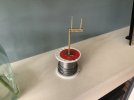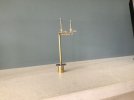I’ve not done a lot of late, although until events took over, I’d prepared for painting three other semaphores which remain in abeyance.
To get back into the swing of things, I’ve been working in bitesize sessions on a bracket signal, although taking it slow in tune with my lack of enthusiasm and also to allow thinking distance with regard to the order of assembly as this is my first ever attempt. I started with the handrails, drilling out the stage for the stanchions first as they would be difficult to get to with the dolls in place, or so I reckoned anyway, and then preparing the stanchions themselves, fitting the handrail to one side only at first, the idea to join with the other side at the end of the build. However, I soon realised that the large number of stanchions I’d prepared were too many as several would hinder the movement of the balance arm, so I will have to make some more. Eventually.
Meanwhile, I’ve started the signal build itself, fixing the base post to an off cut of double sided PCB. The chosen diameter of post itself is too thick at 5/32”, it should be an 1/8” , but I hadn’t got any, so I reamed out the hole in the etch to the required size. I’ve also soldered on a 1/2” piece of brass tube to the base for fixing to the board as per Ratio type signals. In order to do so, I had to dig out the 80W iron as the 18W I usually use wasn’t up to the job, ensuring that the base and post were firmly fixed down to prevent movement.
Here’s some of the bits being prepared for the bracket:
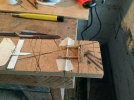
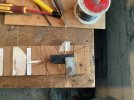
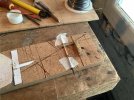
Use was made of the cork base and pins used to crate the iron work for the station roof on Minories. What a palava.
You might just make out the holes in the base of the dolls: these are for locating the axles of the working balance weights. I think with this signal, I’ll have to leave some of the painting till the end unlike the single semaphores which I’m painting as I go.
Here’s the bracket loosely mounted on the post for now. Just might have to dig out the 80 Watter again:
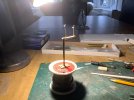
I’m finding this a bit onerous to be honest, as I’m losing a bit of interest in the layout. I’m not giving up by any means, but I’m looking forward to commencing work on the trainset I mentioned, which I’m determined to leave until these signals are in place and working. All there electrical workings are here and waiting.
In the meantime, here’s a photo of one of two sets of Hornby Dublo colour light signals which I’ve just purchased to sit at each end of the centre platform on the train set:
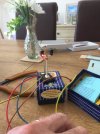
Not to scale by any means and roughly wired up with some offcuts of wire to a spring loaded on/on switch, which had to be held over to illuminate the signal, making it hard to take the shot at the same time.
Still they’ll look the part I think, and lend quite admirably that Smokey London atmosphere of the early sixties that I’m seeking to portray with the ‘toy’.
Cheers for now.
jonte
. I raise my hat to your dogged persistence to make it a signal success (Oops!

!!)


 There’s also another spanner in the works though: she’s taken a spot of leave to garden and visit garden centres along the way, and I’ve been ‘encouraged’ ahum, to take an interest and tag along. Just off presently to visit another, but the bonus is that my daughter and granddaughter are coming along for the ride, so not all gloom n doom
There’s also another spanner in the works though: she’s taken a spot of leave to garden and visit garden centres along the way, and I’ve been ‘encouraged’ ahum, to take an interest and tag along. Just off presently to visit another, but the bonus is that my daughter and granddaughter are coming along for the ride, so not all gloom n doom



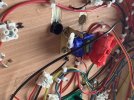
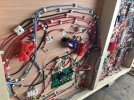
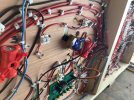
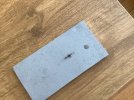
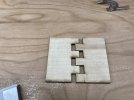

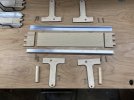
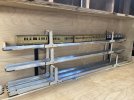





 ! The beauty of it for me is that it usually seems to work first time and if it doesn't it is usually easy to correct. I heartily commend the kiss principle (keep it simple, sunshine) for the hobby otherwise the complications arise rapidly and unwanted complications can cause much grief
! The beauty of it for me is that it usually seems to work first time and if it doesn't it is usually easy to correct. I heartily commend the kiss principle (keep it simple, sunshine) for the hobby otherwise the complications arise rapidly and unwanted complications can cause much grief 